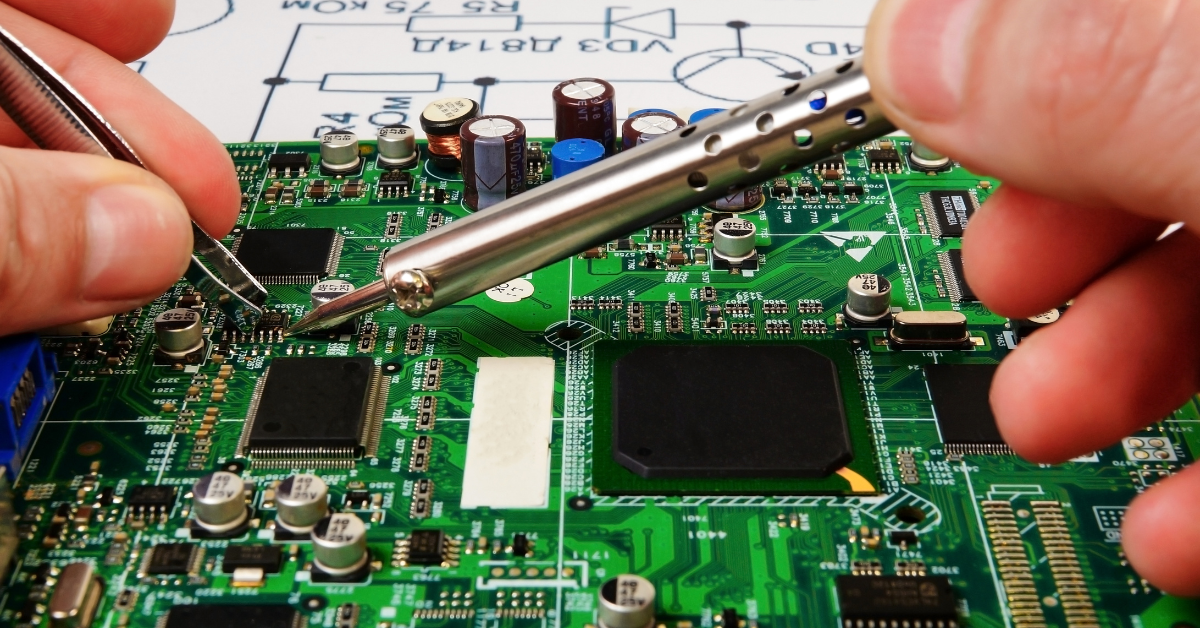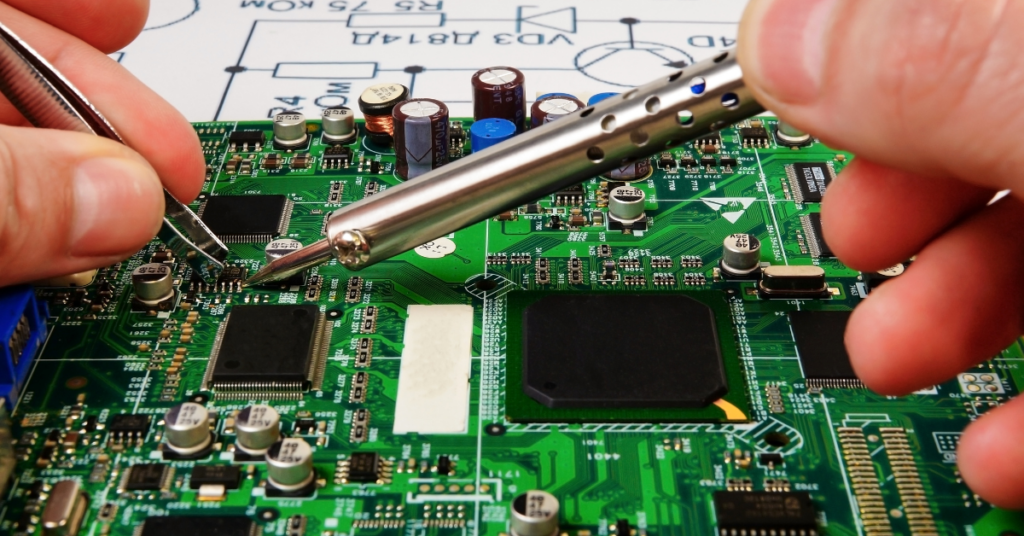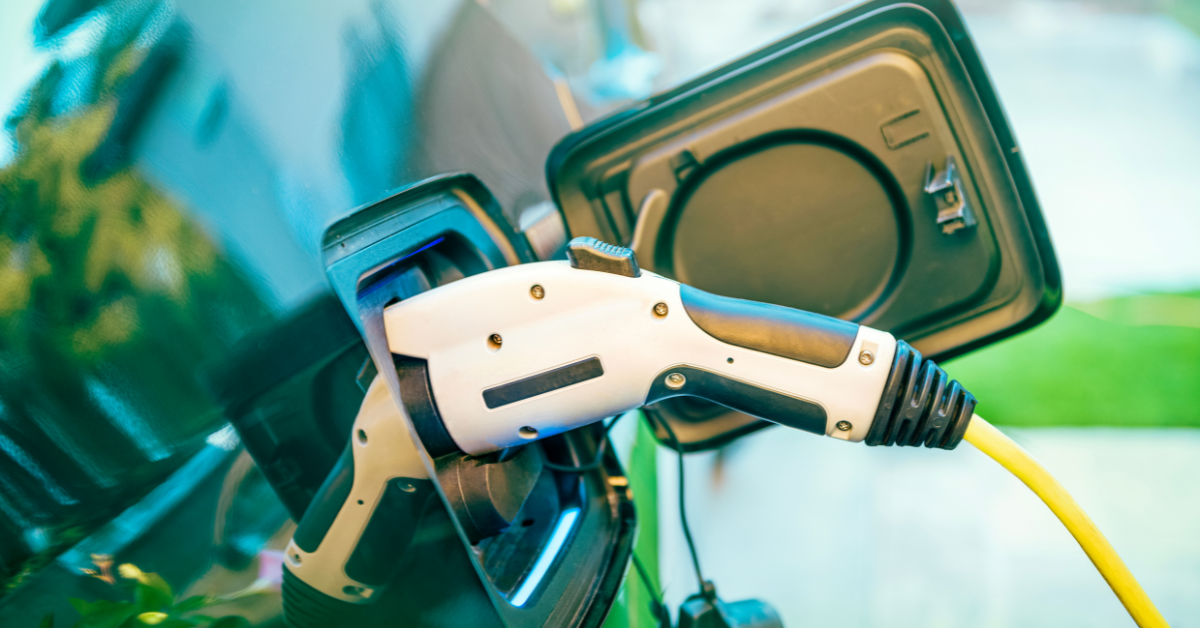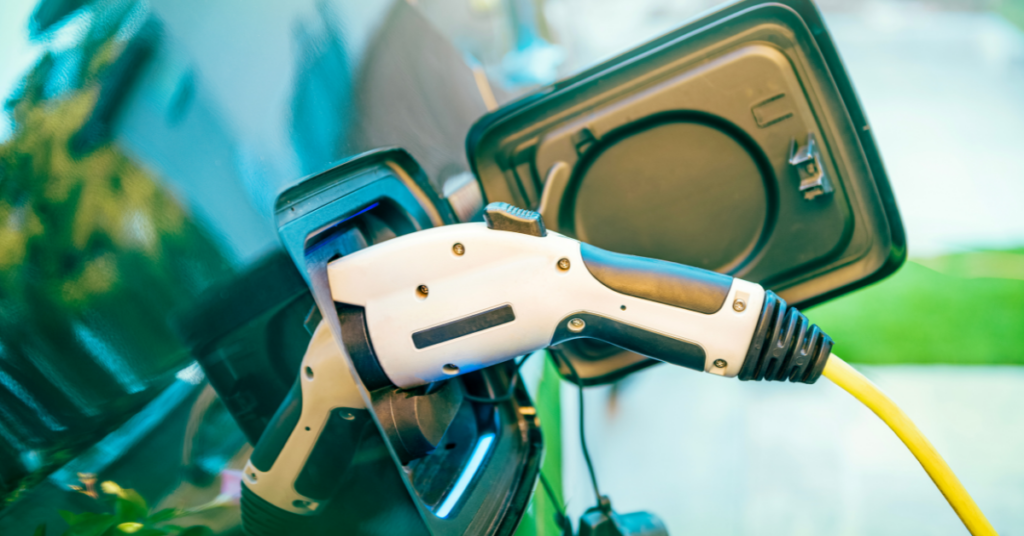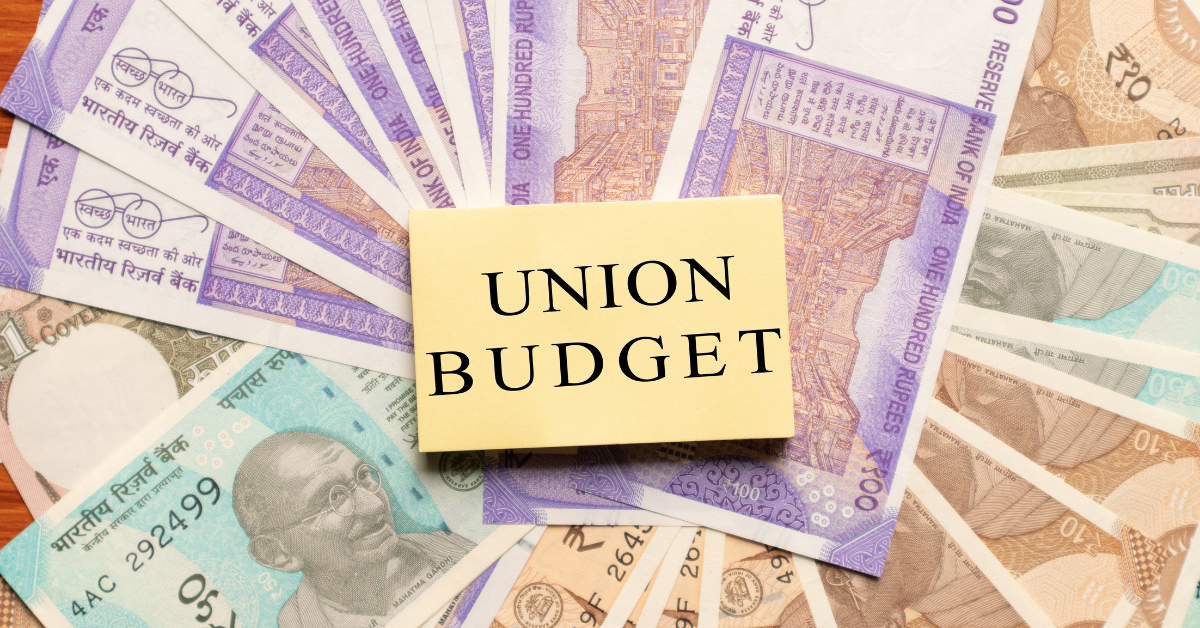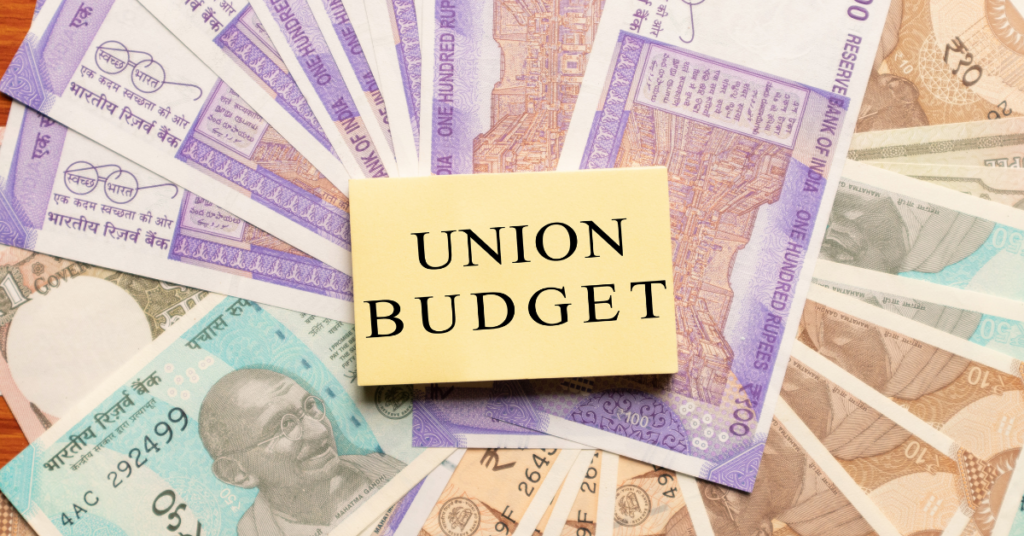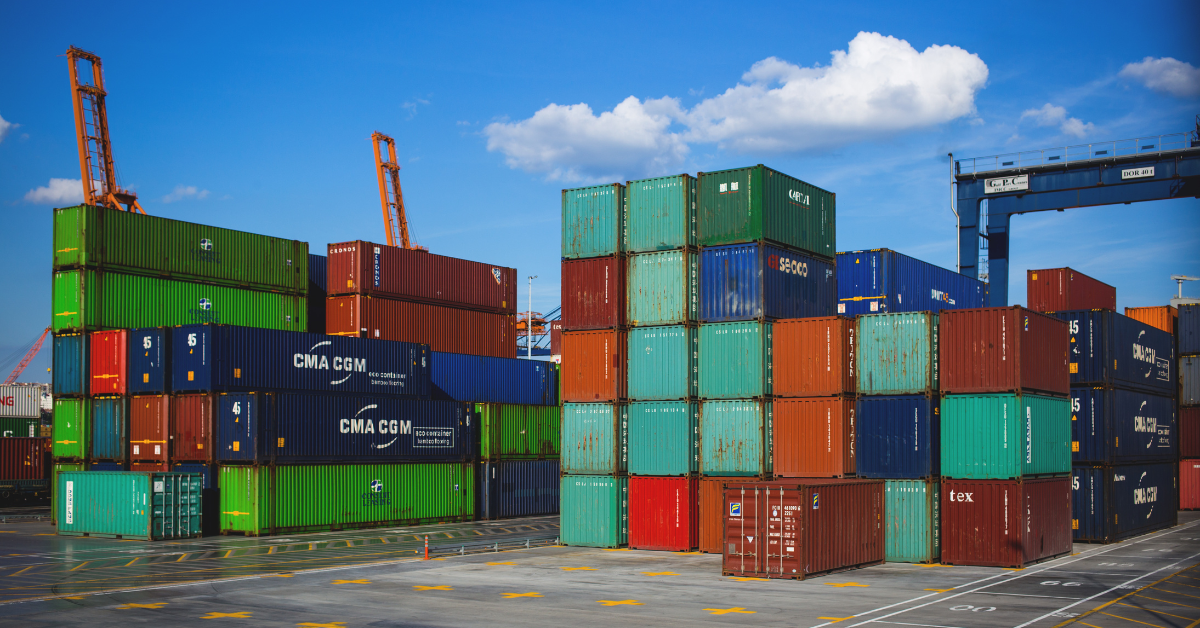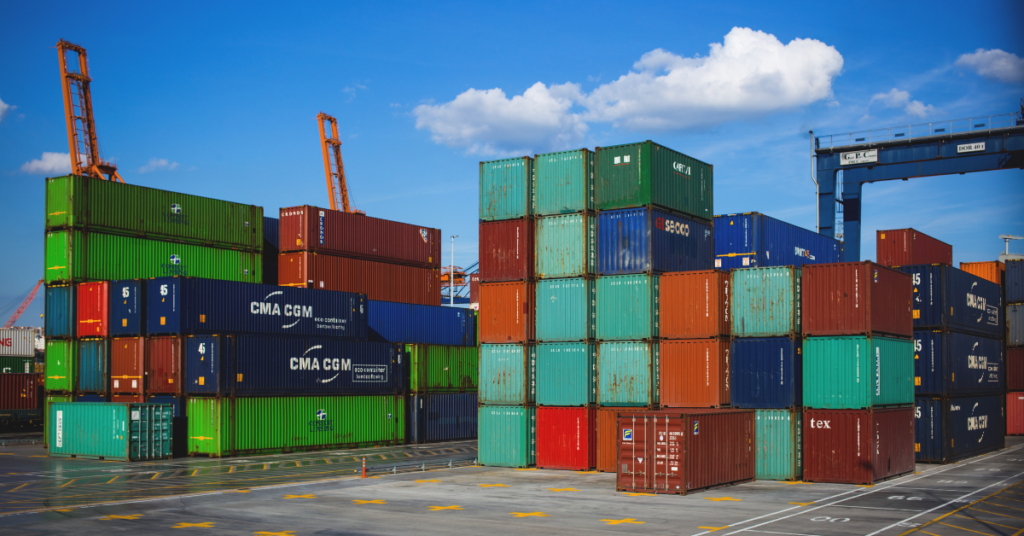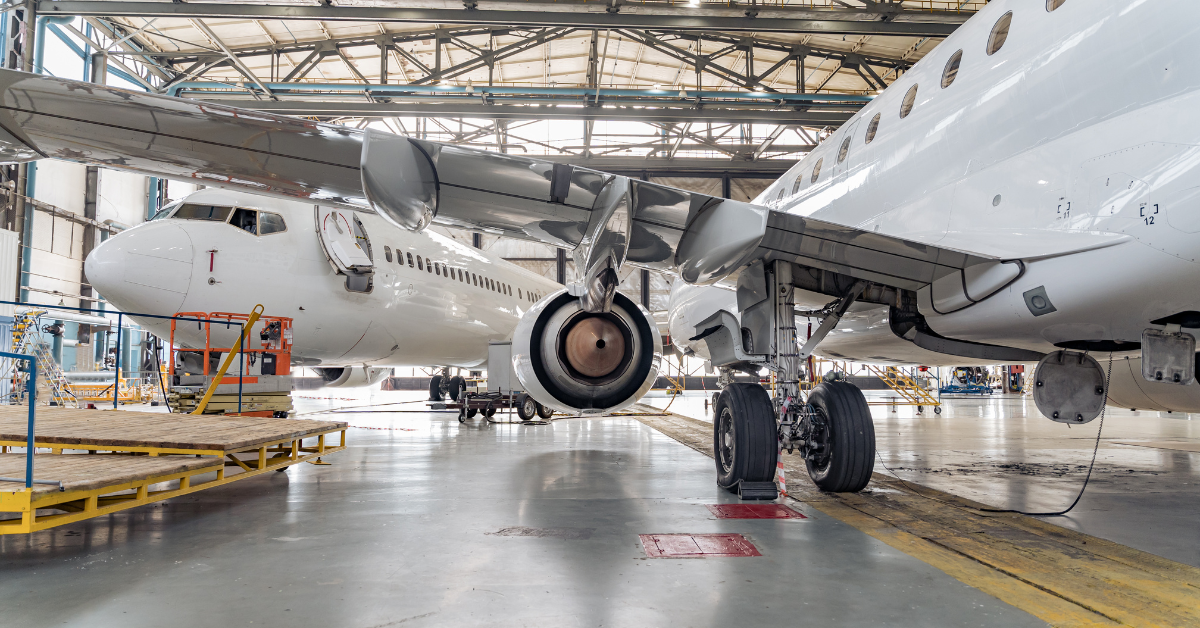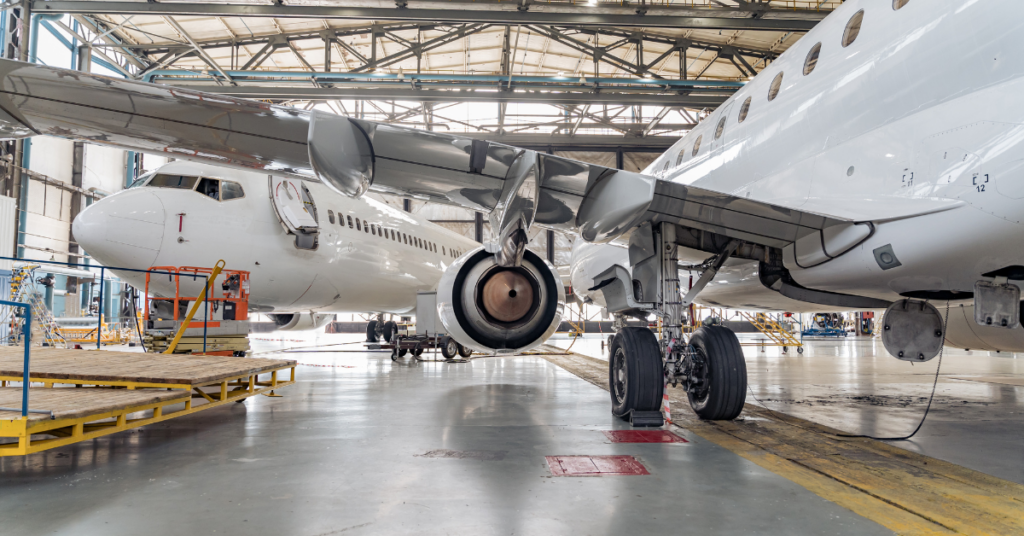
India Inc. Bets Big on AI to Transform its Manufacturing Sector
Artificial Intelligence is revolutionizing operational landscapes through automation, enhancing efficiency in smart factories and customer solutions. India stands on the brink of its second major business transformation in three decades, poised to become a hub for AI-powered manufacturing, similar to its dominance in the IT services boom of the 1990s.
A Strong Foundation for AI
India already possesses many prerequisites necessary to become an AI powerhouse. With extensive computing and analytical infrastructure, India is well-equipped for a seamless transition from big data analytics to machine learning and AI systems. The country also has a unique opportunity to leverage its IT talent, cost advantages, and growing manufacturing base to become a global leader in AI-powered manufacturing. By addressing key challenges and implementing strategic initiatives, India can attract investments, foster innovation, and unlock immense economic potential.
Economic Impact and Growth Projections
AI is expected to contribute up to $500 billion to India’s GDP by 2025 and $967 billion by 2035. In the manufacturing sector, market studies indicate that the market size of manufacturing AI in India is projected to exceed INR 12.5 billion by 2028, with a remarkable CAGR of 58.96% from 2023 onwards. The Global AI Index ranks India fifth among 62 countries, highlighting its transformative potential in AI. Despite challenges, India’s young and talented workforce, with half of its population under 30, provides a solid foundation, particularly with an abundance of high-quality AI-trained engineers.
Adoption and Investment
According to the Generative AI Radar 2024 report by Infosys, India, like many of its Asia-Pacific neighbors, is leading in AI adoption and development. India is set for a significant increase in AI investments, with a forecasted 165% jump in spending on general AI by Indian companies, reaching USD 386 billion. The NASSCOM AI Adoption Index positions India as an “Enthusiast” with an AI maturity index of 2.45 out of 4. NASSCOM’s report highlights that 78% of India’s manufacturing companies have a well-defined AI strategy, and 67% are already testing AI POCs or limited use cases.
Opportunities and Benefits
AI is increasingly used across various industries in India, from banking and healthcare to farming and manufacturing, to improve efficiency. In the manufacturing sector, AI drives automation and predictive maintenance, with smart factories employing AI-enabled robots and sensors to optimize production processes, reduce downtime, and enhance product quality. AI also plays a crucial role in customer service with automated conversational AI voice bots, supply chain management, and operational efficiency. Customer segmentation benefits from AI as well, allowing companies to understand and target the right audience effectively.
Key Enablers and Challenges
While the potential benefits of AI in India are immense, challenges accompany its widespread adoption. Ethical and societal impacts of AI technologies, such as data privacy concerns, necessitate responsible AI development and deployment. The rapid pace of technological advancement raises questions about regulatory frameworks and workforce readiness. Policymakers are collaborating with industry stakeholders across India to establish robust governance mechanisms that balance innovation with ethical considerations. Additionally, India is investing in education and upskilling initiatives to prepare its workforce for AI jobs.
The Road Ahead
Technology has always been a catalyst for positive change. In India, AI is driving economic prosperity, social well-being, and sustainable development in the manufacturing sector with far-reaching effects. For a country that has already experienced a technology boom in recent decades, it is crucial to harness the power of AI responsibly and ethically. A favorable geopolitical climate is encouraging global manufacturers to set up operations in India. Embracing AI can be a game-changer, propelling India’s manufacturing sector to global leadership.





